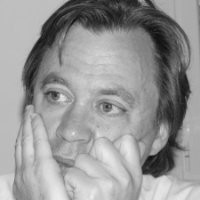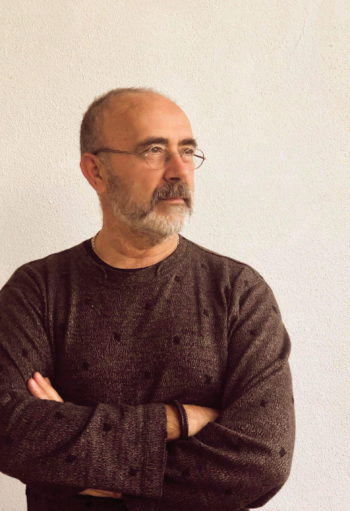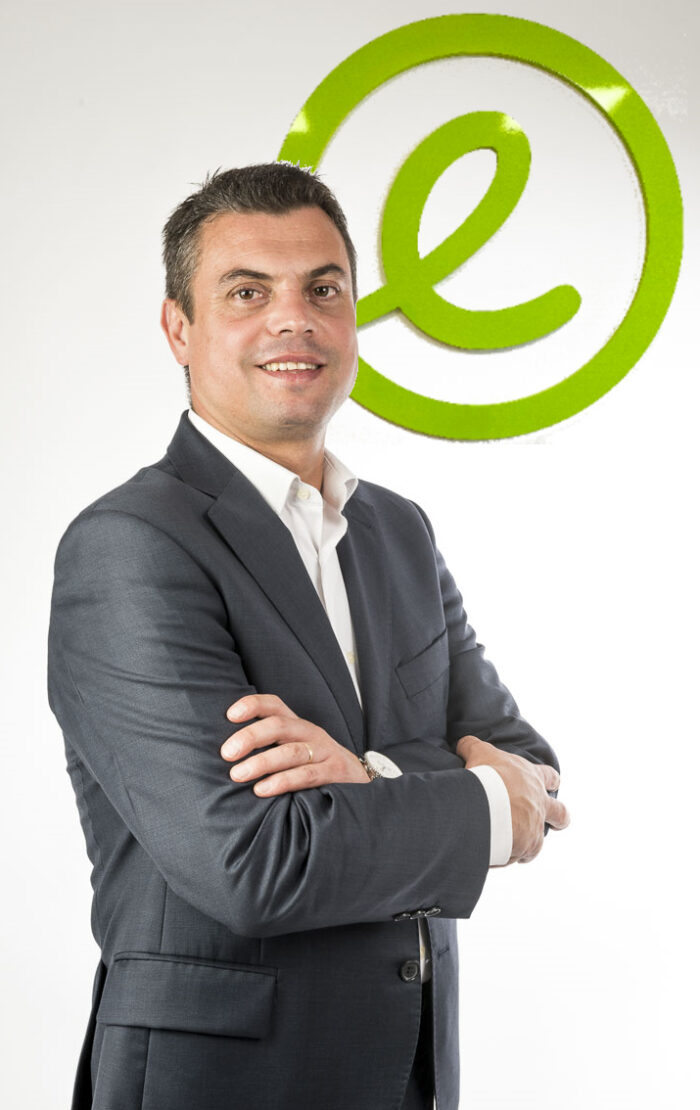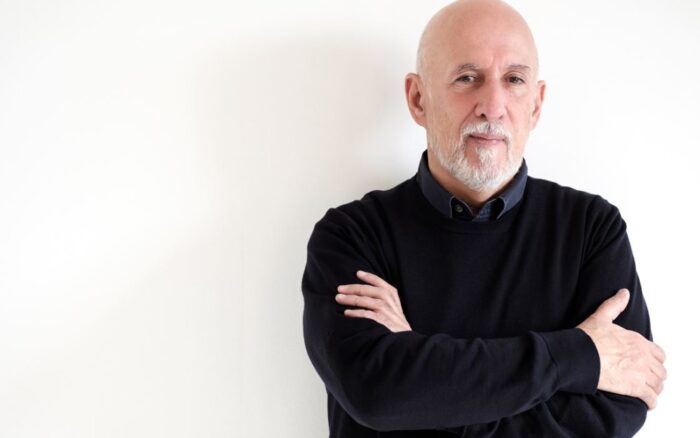A conversation with Arch. Alexandre Marques Pereira

A conversation with Arch. Alexandre Marques Pereira
‘As the world gets richer, so does our work. The language must be contemporary and the references adapted without complexes. ’
There was an unfortunate coincidence between the timing of this interview and Arch. Manuel Tainha passing away, but that’s what makes sense to begin this conversation about… your professional training began, in 1986, precisely in architect Tainha’s studio. What did you learn from him? He is a reference to you. Do you intend to develop the legacy he left?
I was arch. Tainha’s student, at Convento de São Francisco, in 1985. My apprenticeship with him started there. At the end of the year he invited me to stay as his collaborator in the project of the Faculty of Psychology. I stayed there for several years. A friendship relation was created. I learned a lot from him. Above all, I learned a way of being in the profession, of relating to others. I learned the practice and the taste for the craft, the importance of scale, the taste for construction and the relationship with the work… We were very complicit, despite the age difference, because he was always a young person. I learned a lot from him at all levels, he was a person with many passions. He is a reference, not only for me, but particularly because I continued to have many projects with him. The last was Cais do Sodré. We had a very close relationship. I have now delivered my PhD thesis and I am very sorry that he cannot attend. His legacy is in my architecture, part of which I learned from him. To that extent, consciously or unconsciously, he will always be present, while I do architecture and not only, also in the way of teaching, in the relationship with students because he had the humility to know that teaching, and the profession itself, is an exchange, we give but we also receive. So things work both ways. And that is what I intend to follow, it is part of my nature but I also learned it from him. Manuel Tainha was the architect of all trades. He had this rare characteristic of working every day, as if it were his job, but he had many others, from writing to music… He was a man of culture and there was a contamination of that knowledge in his work. I like to remember the good times of work and conversation we had, talk about architecture and everything else. Arch. Tainha played several activities in a remarkable way. Apart from him, just one or two more. He was a special person. In our context and in our time, I will even say unique.
And what does arch. Alexandre Marques Pereira think about the profession?
I think architecture is a team effort, it depends on the client, the collaborators, the engineers, the builders… And these people have to be competent and they have to like what they do, but above all they must have team spirit, a culture of dialogue and not confrontation. So far I have had the privilege of working with engineers like Veiga de Oliveira and José Pedro Venâncio, who besides being competent people at what they do, are people who are interested in the world and I think this is very important. Sometimes when you talk about architecture you forget that there are several actors, the architects talk a lot about themselves… Architecture is like a film, the director alone does nothing, he needs the actors, the scriptwriters, the directors of photography… In architecture, it is very important to work with good engineers, for example. It is essential for a work to achieve something minimally competent.
How do you describe your architectural style?
I don’t think I have an architectural style. We always carry our influences but there is a phrase that I like a lot, from the philosopher Ludwig Wittgenstein, which is “the limits of our language are the limits of our world”. As the world gets richer, so does our language, in this case our work, change. I don’t have a style, it was something I also learned from the arch. Tainha, he himself did not have a style, things are done according to the moment. I think that having a style can be a dead end, we always do the same things when circumstances and people change all the time. Whether we have references from the past or the present, the language must be contemporary and the references adapted without complexes.
In addition to the profession of architect, you are a professor at Lusíada University, participated in several conferences and seminars and were a guest professor at Auburn University, Alabama. Are these parallel activities also a vocation? Do you like to teach?
I do. I like it because I think that an architect who only dedicates himself to architecture, and who only does architecture, will hardly be a complete architect. You learn a lot from the things around us. I learn a lot from cinema, painting, photography, literature, music… Architecture has its specific nature but it is related to many other things, all of which are interconnected. To my students, I try to pass on what I know, I talk about references, and everything that involves architecture, but I also try to get them interested in these other things, which open up to the world. When I finished the course, what served as a reference for the final work was the book “As memórias de Adriano”, by Marguerite Yourcenar. It was a great influence on my graduation work.
What would you like to do that you haven’t had a chance yet?
I would like to project a church or a cemetery. It is related to my travels, which is another thing that influences my work a lot. I made many trips to northern Europe and there are beautiful cemeteries. I like the relationship between architecture and the landscape. I like projects that develop in a relationship with the outside, I don’t like closed things, I like to work from interesting surroundings, I like the relationship between interior and exterior. I would like to make a church because I never did any, I made libraries, schools, houses, but churches I never did and I would like to do.
This interview is part of the Artes & Letras Magazine # 33, from July/August 2012
Partially automatic translation from portuguese: some expressions may differ from their actual meaning.
News & Interviews
A conversation with Arch. Alberto Caetano
‘One of the most important things for an architect is […] to get a sense of the history of architecture, because if there is Corbusier, Mies and Siza, it is because there were Miguel Ângelo, Bramante and Borromini’ Read more
A conversation with Eng. Luís Simão
'[Egis intends to] provide the best service to customers (...), in a sustainable way and protecting the environment, fostering growth (...) and betting on innovation as a differentiating factor' Read more
A conversation with Arch. Carrilho da Graça
‘Architects are always trying to communicate, in a perfect way, what they think (...) I cannot say that there is one that is‘ the’ work. I am always trying to achieve perfection.' Read more




